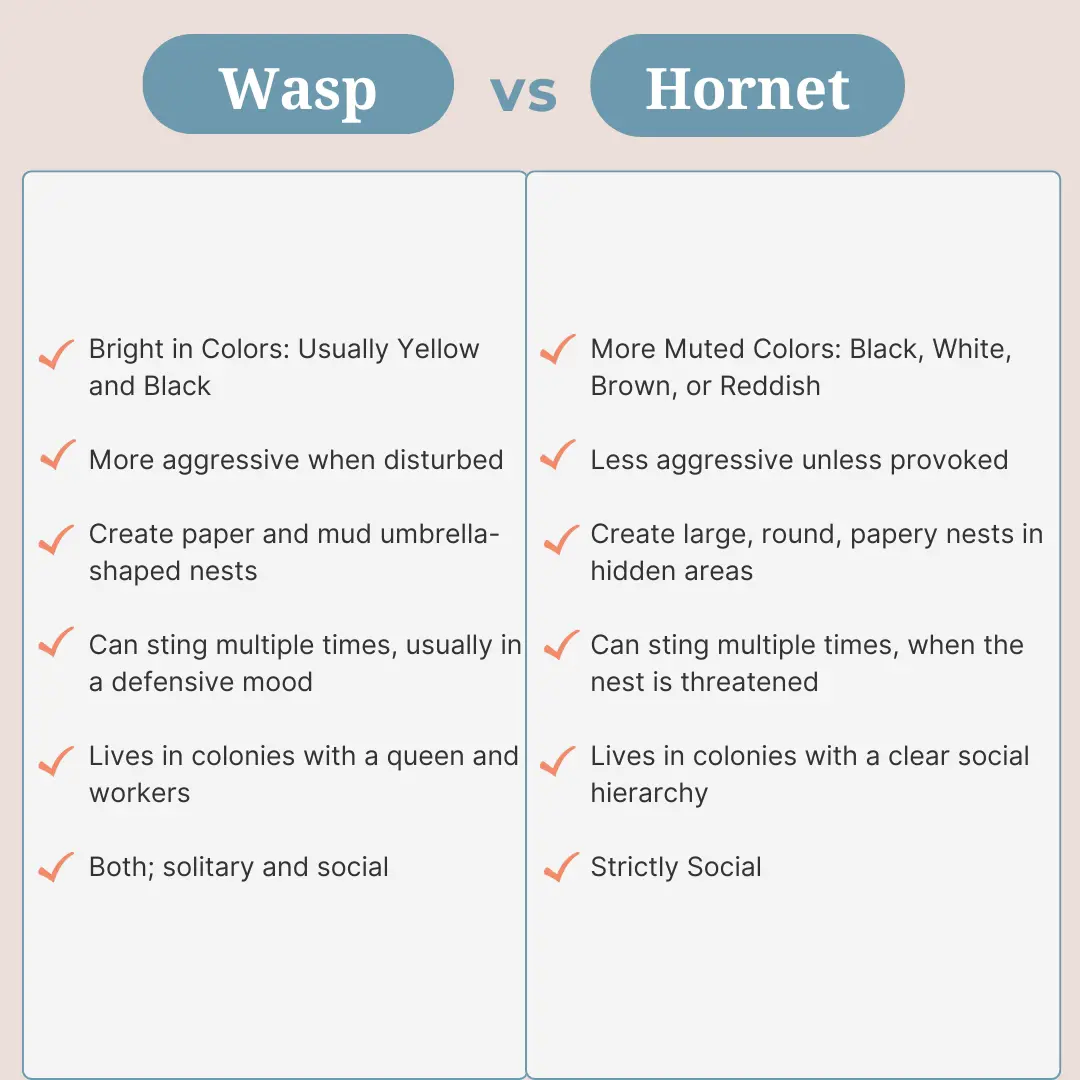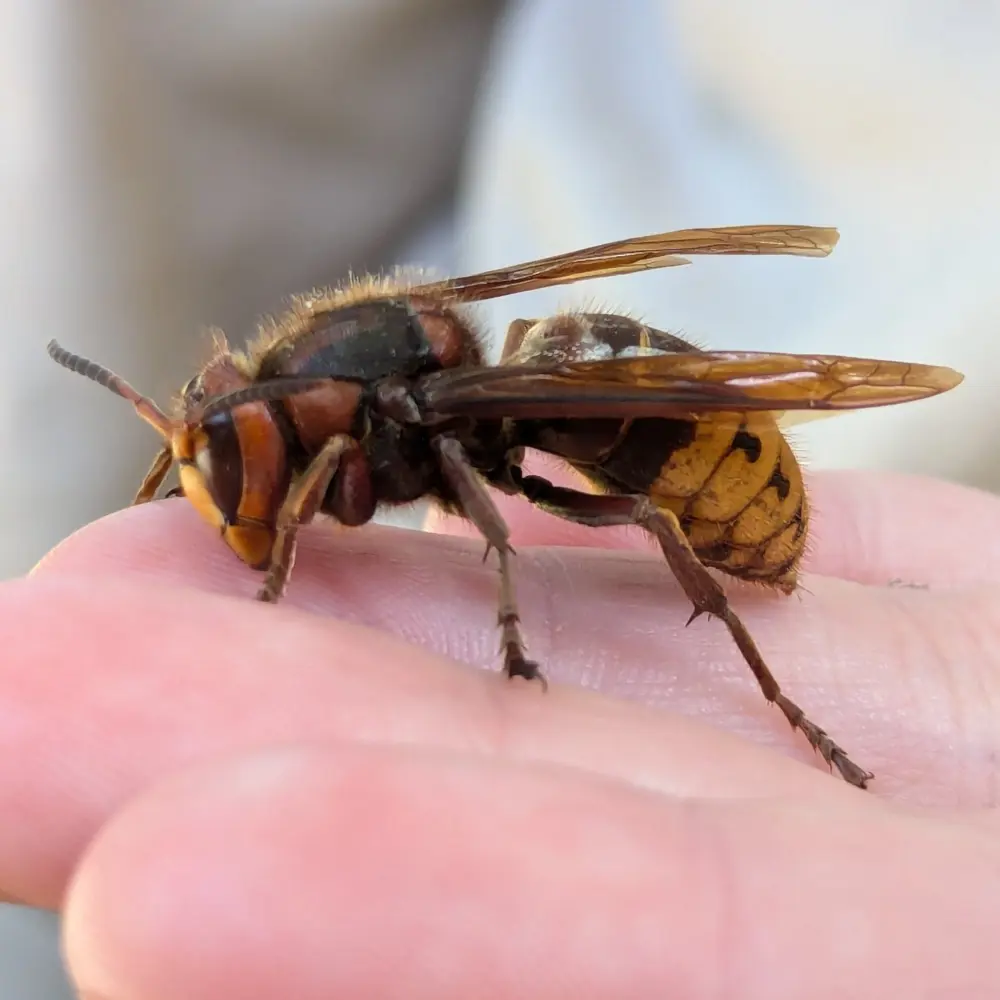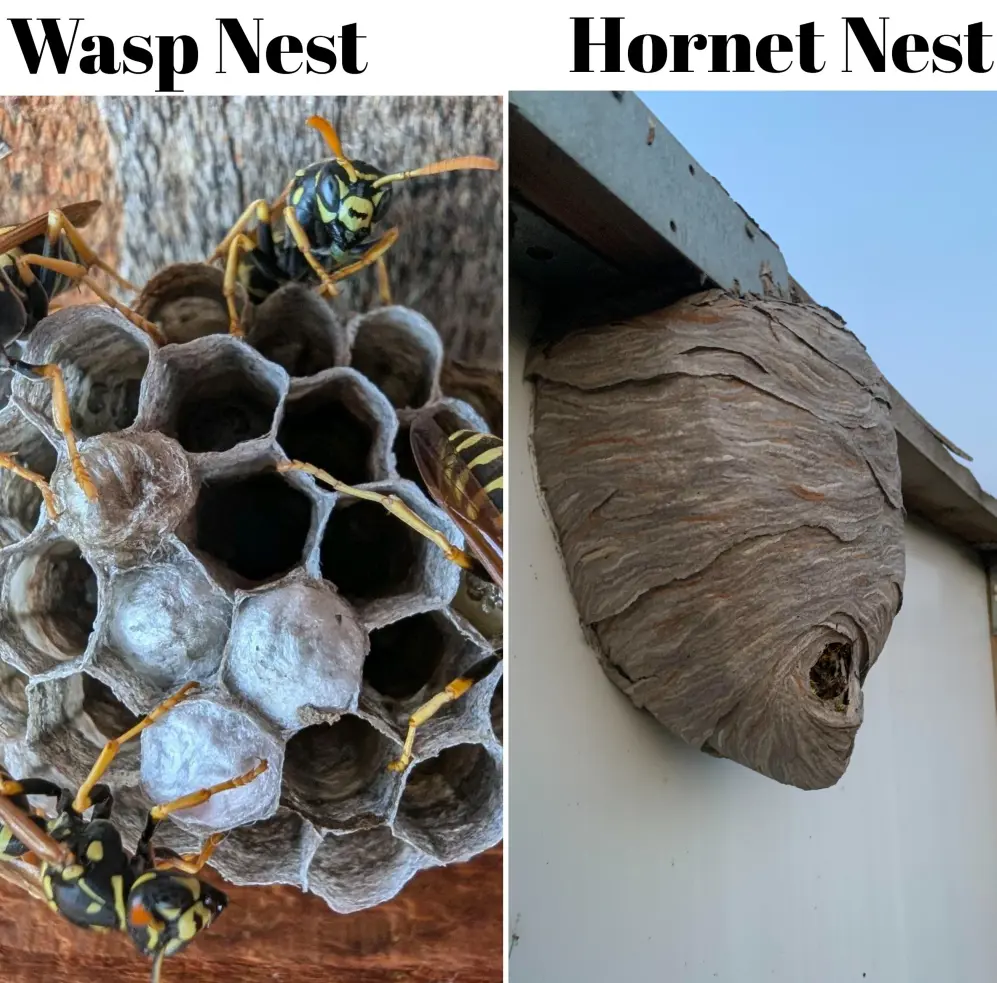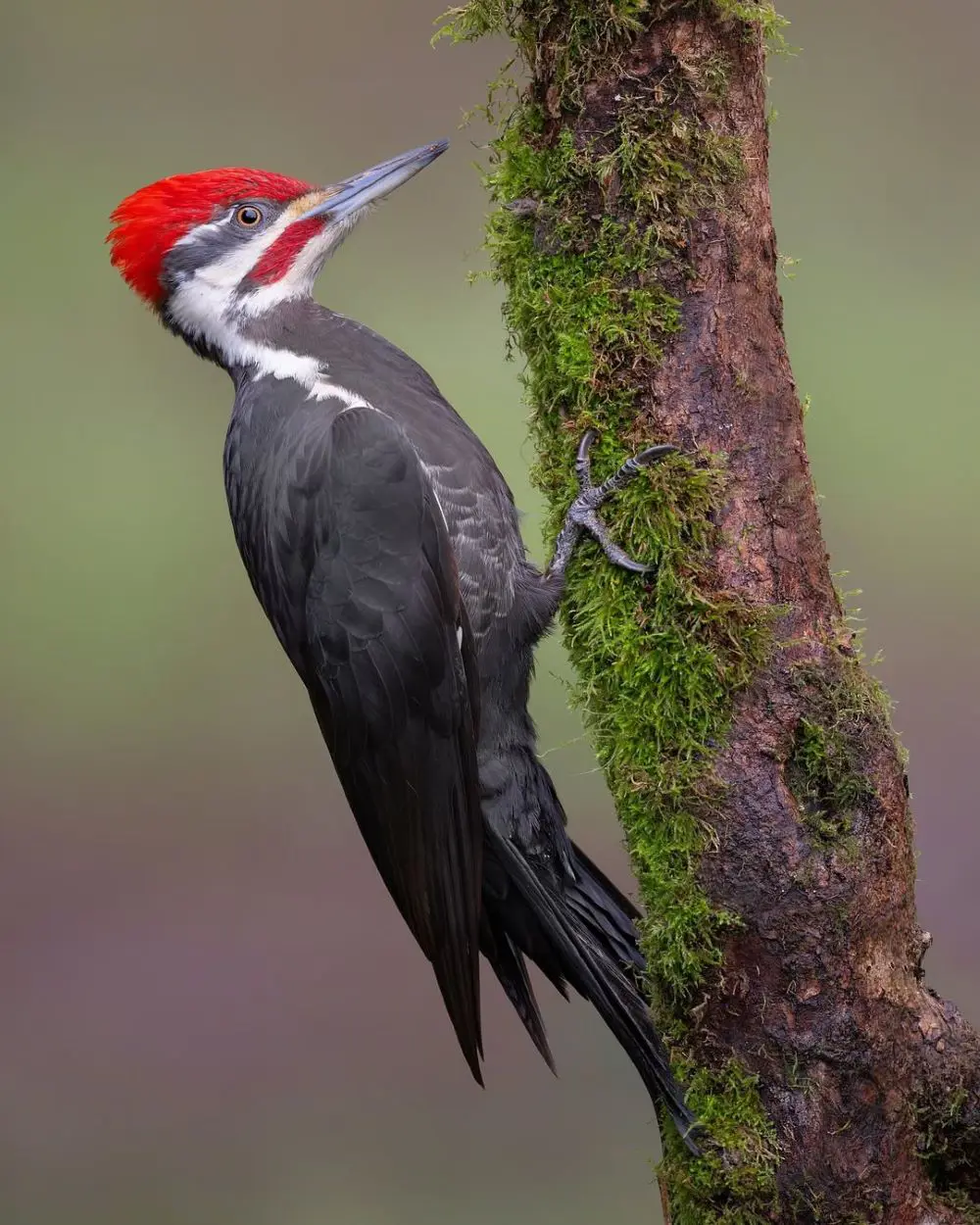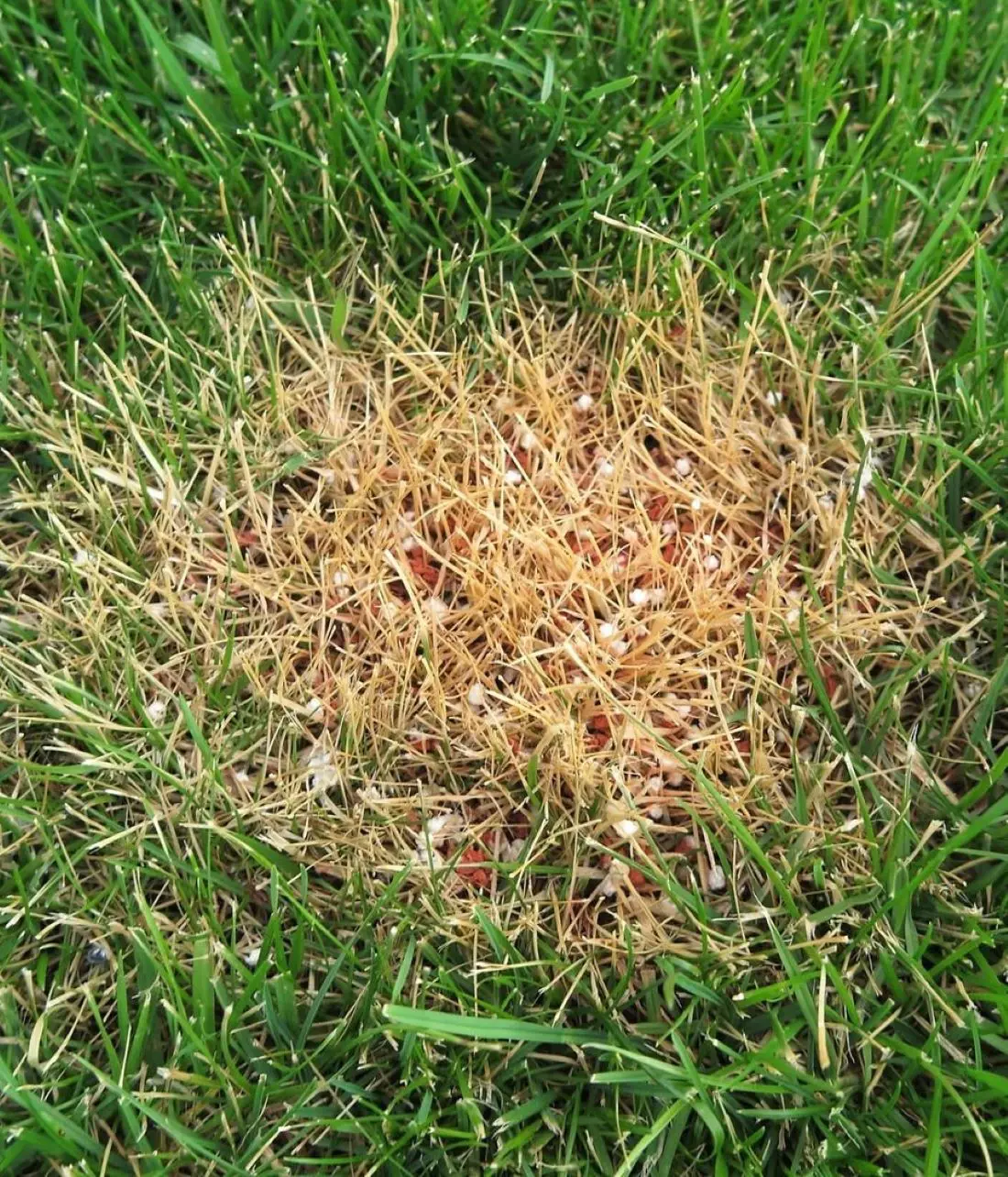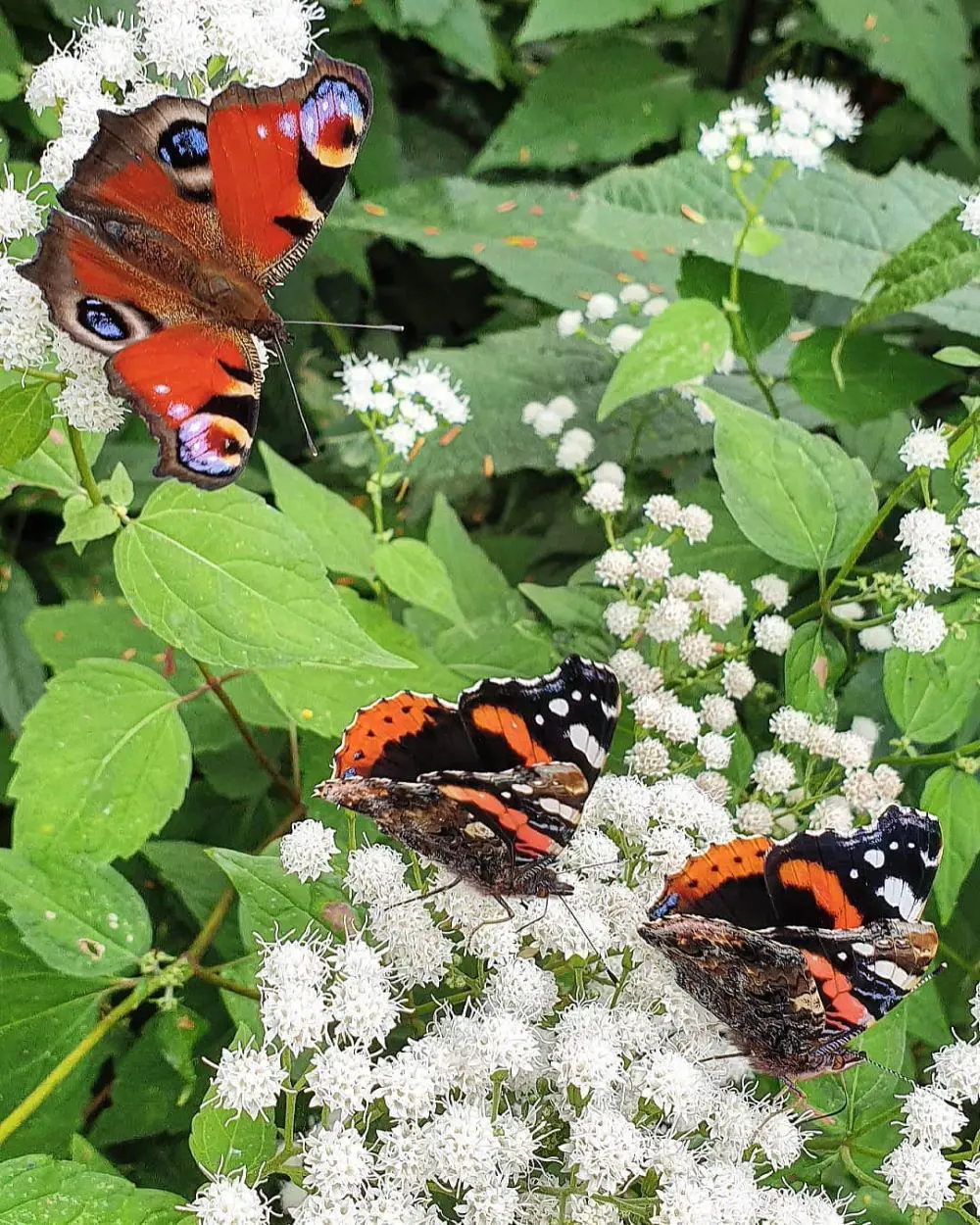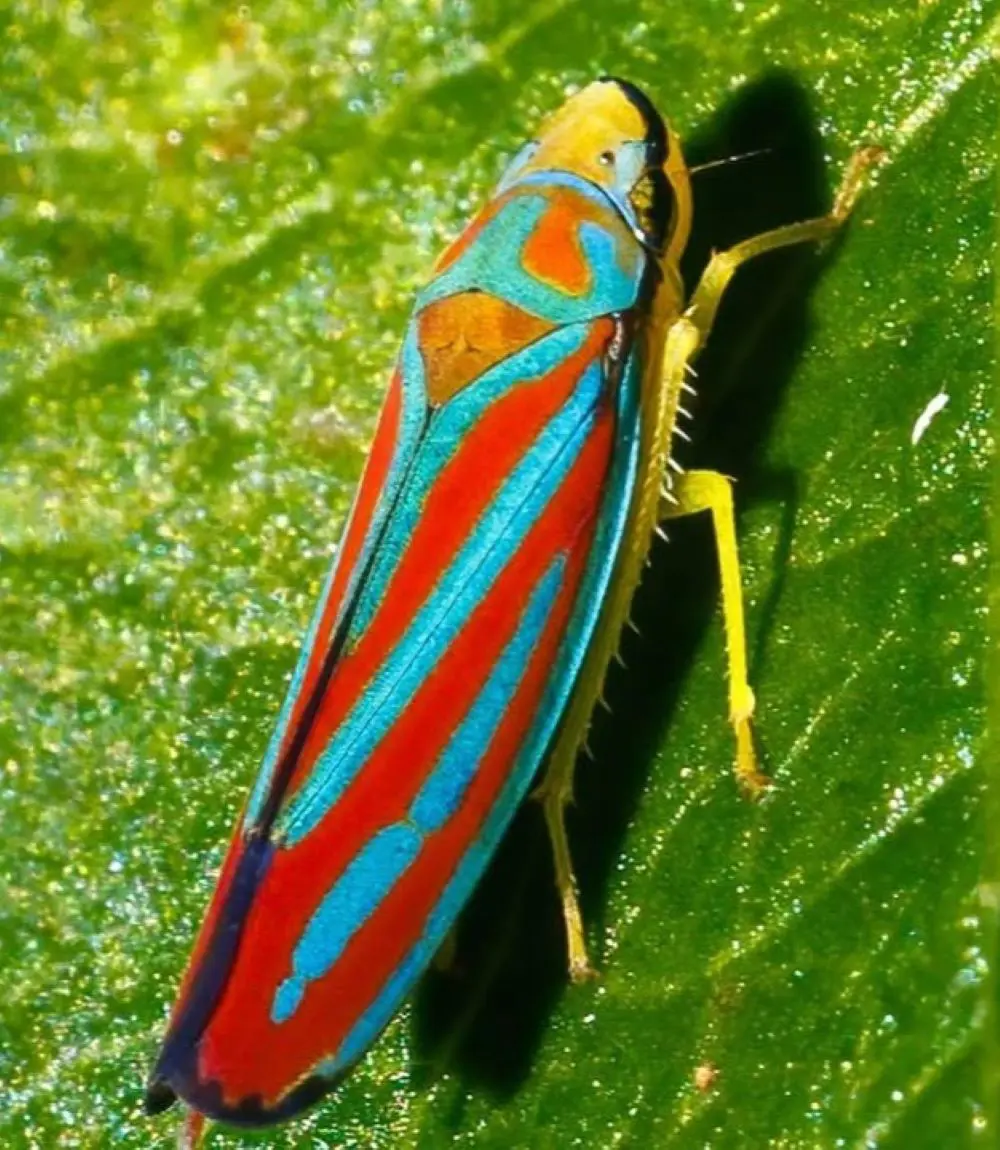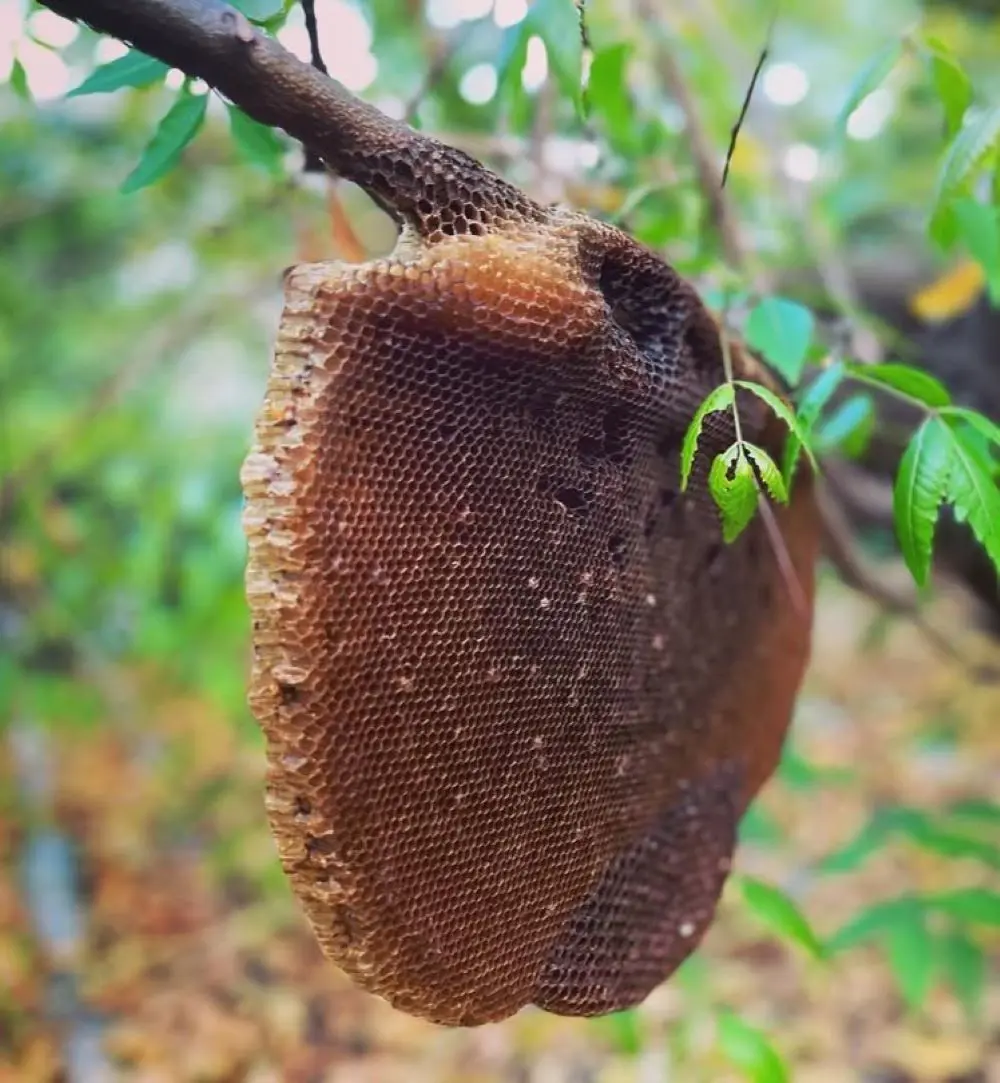Wasps vs. Hornets
Wasps and hornets are both important in ecosystems because they serve as predators and pollinate as well. Wasps get attracted to basically sugary foods, which is why they are most commonly seen near any outdoors or even the trash bins for some sweet food.
On the other hand, hornets, are less attracted to sugary foods but spend their time hunting for insects like flies and caterpillars to feed them to their larvae. While both insects can become territorial around their nests, hornets tend to build theirs higher up in trees, whereas wasps tend to nest a little closer to human activities.
Wasps are considered beneficial pollinators, and predators of pests. Hornets, because of their size and powerful venom, are regarded as more dangerous.
Size Comparison of Wasp and Hornet:
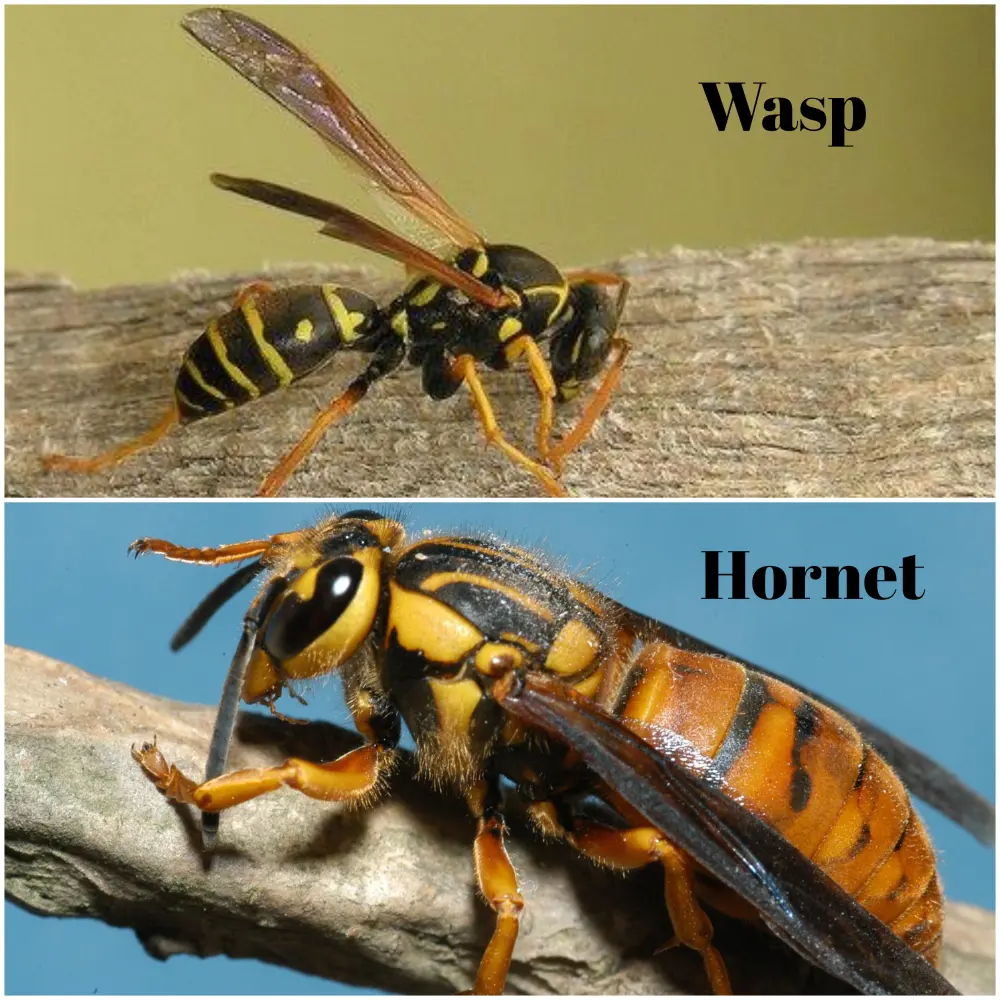
Most wasp species are somewhat small, usually between 0.5 inches to 1 inch in length. The bodies are slender, with the size differential between the thorax and abdomen because of a narrow waist. Many species, like yellowjackets and paper wasps, fall under this normal size range.
Truth is, hornets are actually a type of wasp, but larger. The typical species, such as the European hornet, typically measures between 1 and 1.5 inches in length, with the Asian giant hornet - the infamous "murder hornet"- reaching well over 2 inches on occasion. Hornets are bulkier than regular wasps and possess more substantial bodies.

